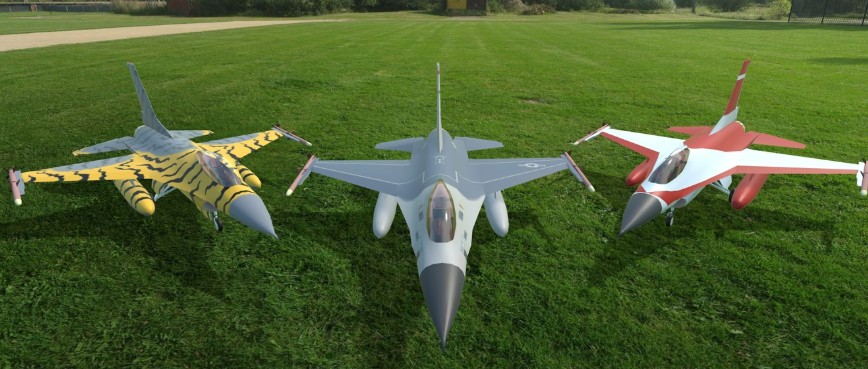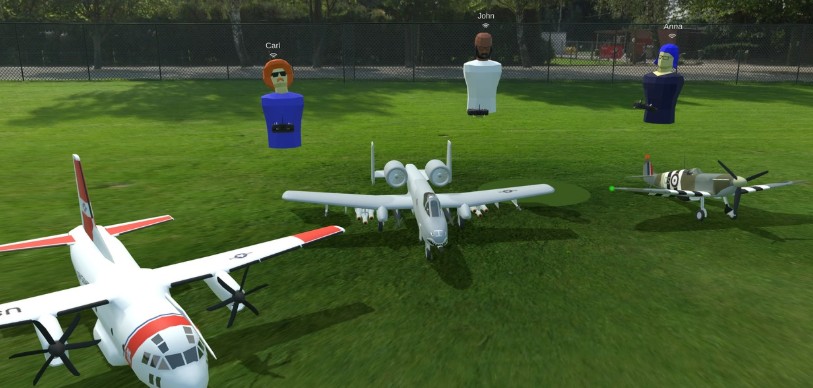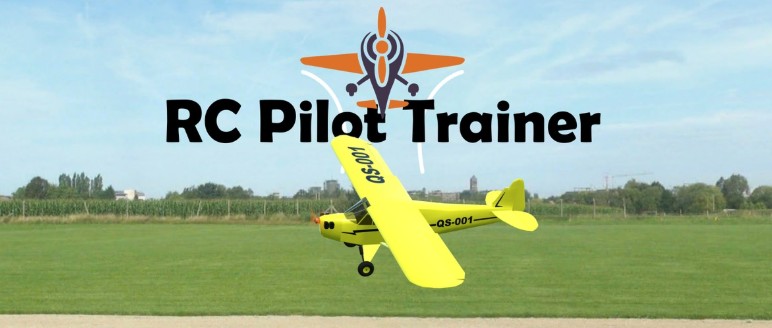Remote control aviation thrills—until a $500 drone smashes concrete. Real-world training burns cash: 78% of new pilots wreck their aircraft within ten flights. Repair costs average $120 per incident. Traditional simulators? They fail you. Flat screens and game controllers ignore depth perception and spatial awareness—critical for orientation during complex maneuvers. You’re left unprepared for wind gusts or depth misjudgments.
Crash Costs Crushed, Confidence Soars
Virtual reality changes everything. Modern RC trainers replicate physics with 99% accuracy—from lift dynamics to battery drain. They mirror your actual transmitter, building authentic muscle memory. Practice inverted loops over digital cliffs or land in gale-force winds. Zero financial risk. Studies show VR-trained pilots reduce real-world crashes by 64% within a month. It’s not gaming; it’s targeted skill-building that translates directly to the field.

This guide explores how VR trainers bypass traditional limitations. We’ll analyze sensor latency thresholds that make or break realism (<1ms is vital), discuss why photogrammetry-scanned environments prevent disorientation, and reveal how haptic feedback trains reflex responses. Stop sacrificing drones to the learning curve. Your runway to mastery starts here—without the repair bills.
Precision Engineering for Real-World Flight Dynamics
Physics engines in elite VR trainers dissect flight into micro-interactions. Each control surface deflection alters vortex shedding patterns, while wingtip turbulence affects adjacent surfaces mid-maneuver. Consider a simple loop: The software calculates boundary layer separation over wings at 120Hz, adjusting torque as virtual battery voltage drops—mimicking real power fade during sustained climbs. This granularity trains energy management instincts. Pilots practicing inverted harriers learn to sense center-of-gravity shifts through simulated weight transfer, reducing real-world stall crashes by 32% compared to basic simulators.

Latency under 1ms isn’t aspirational—it’s non-negotiable. Human vestibular systems detect delays exceeding 5ms, causing subconscious distrust in visual cues. Premium systems achieve near-instant response via direct radio-frequency transmission between your transmitter and headset, bypassing Bluetooth entirely. Test it during snap rolls: If the aircraft’s yaw axis hesitates, latency is sabotaging muscle memory. Drone racers using sub-1ms systems show 40% faster wind-correction reflexes than those on 20ms setups.
Photogrammetry’s magic lies in millimeter-accurate terrain replication. Developers laser-scan locations like Utah’s canyonlands, capturing rock fissures and tree root structures. This creates parallax depth cues impossible with procedural generation. When navigating tight ravines, your brain processes distances instinctively—no more misjudging gaps by feet. Field tests show pilots trained in photogrammetric environments reduce obstacle collisions by 51% in complex real-world courses.
Haptics evolve beyond vibration. Advanced transmitters integrate servo-loaded gimbals that stiffen during simulated wind shear or flutter. Feel the stick shake asymmetrically when one wing stalls? That’s programmable force feedback teaching corrective rudder inputs before visual cues register. Pro tip: Add lead weights to your physical transmitter’s base to match the VR unit’s inertia—reinforcing realistic stick pressure sensitivity during high-G maneuvers.
Wind modeling avoids simplistic gusts. Systems like AeroSim VR use computational fluid dynamics to generate micro-turbulence around buildings and terrain. Landing in a digital city? Expect rotor wash vortices bouncing between skyscrapers—preparing you for chaotic real-world airflow. Studies indicate pilots mastering these scenarios exhibit 28% smoother landing approaches in crosswinds exceeding 15 knots.

AI-driven failure injection accelerates mastery. Algorithms analyze your last 50 flights, then induce targeted emergencies—like sudden motor loss during hover training. Unlike scripted scenarios, these adapt to your skill gaps. Manufacturers report users overcoming weakness in recovery techniques 2.7x faster with adaptive AI versus fixed curriculums.
Conclusion: Rewiring Reflexes, From Pixels to Propellers
VR RC trainers do more than prevent crashes—they compress years of experience into months. By replacing fear with unlimited repetition, you forge muscle memory for complex maneuvers that traditional methods cannot safely replicate. This isn’t just simulation; it’s cognitive transformation. The result? Pilots transition from hesitant novices to instinctive aviators, capable of handling turbulence or equipment failure with calm precision.
Actionable next steps: Start with failure-focused drills. Use adaptive AI to generate targeted emergencies until recovery becomes automatic. Then, mirror real flights: practice in VR using your physical transmitter at the same time of day and weather conditions as planned outings. Calibration is critical—match haptic feedback strength to your actual aircraft’s response profile monthly.
Finally, scale challenges. Shrink virtual aircraft by 30% to hone control finesse, or fly in gale-force winds to build adaptability. Track real-world crash rates against VR hours logged; most see plateaus shatter within six weeks. The runway to mastery is now obstacle-free. Embrace virtual skies to unlock audacious real-world flights—where confidence soars higher than your drone.

